| Staff of a bank in the province instruct people on how to use cashless payment services and digital banking applications at Dong Nai Digital Transformation Week 2023. Photo: H. Quan |
However, along with this development, cashless payment activities also pose many risks, security risks, and fraud in the context of increasingly developing technology, and criminals using high technology to commit fraud with many sophisticated tricks. This requires the development of a cashless society that is safe and secure.
Many fraud tricks are increasingly sophisticated
In mid-June 2024, the Payment Department, the Communications Department (State Bank of Vietnam - SBV), Tuoi Tre Newspaper in collaboration with Napas National Payment Joint Stock Company, Ho Chi Minh City Department of Industry and Trade organized a Workshop on Improving security and safety of cashless transactions.
At the workshop, Director of the Payment Department (State Bank of Vietnam) Pham Anh Tuan said that in recent times, non-cash payment activities have developed strongly with more than 182 million payment accounts of individual customers, corresponding to more than 87% of adults having bank accounts. In particular, the number of payment transactions via mobile channels and QR codes has grown rapidly.
However, along with this development, the banking industry also faces risks and challenges regarding security and confidentiality with many sophisticated tricks such as: impersonating agencies and organizations, fraudulently appropriating login information and transaction authentication, luring customers to access fake links, installing malware...
Major General Nguyen Van Giang, Deputy Director of the Department of Cyber Security and High-Tech Crime Prevention, Ministry of Public Security (A05), said that high-tech crimes are becoming increasingly complicated, with connections between domestic and foreign subjects.
In recent times, although authorities have repeatedly warned and many drastic solutions have been implemented, many people still fall into the trap. The main reason is that cybercrime groups operate in an organized, cross-border manner, taking advantage of legal loopholes.


According to statistics from the Ministry of Public Security and the Ministry of Information and Communications, there are currently 3 main fraud groups (brand counterfeiting, account hijacking and other combined forms) with 24 fraud methods.
Associate Professor Dr. Tran Hung Son, Director of the Institute for Banking Technology Development Research under the Ho Chi Minh City National University, cited data showing that Vietnam is among the countries most severely affected by digital payment fraud. Specifically, the rate of damage caused by digital fraud in Vietnam is up to 3.6% of GDP, higher than the global average (1.1%). Common forms of digital payment fraud in Vietnam include: cyber attacks (malware, phishing, man-in-the-middle attacks), impersonation, non-technical fraud, refund policy abuse, first-party fraud, etc.
Deploying many solutions to protect customers and people
To deal with the increasing digital fraud, banks, businesses and credit institutions need to synchronously deploy many solutions... Mr. Pham Anh Tuan added that the State Bank of Vietnam has issued Decision No. 2345/QD-NHNN in 2023 (referred to as Decision No. 2345). Accordingly, from July 1, the State Bank requires credit institutions and payment intermediaries to perform biometric authentication for money transfer transactions of VND 10 million or more or total transaction value of over VND 20 million per day. The authentication of the customer's face must match the face stored in the chip of the citizen identification card.
Regarding Decision No. 2345, Deputy Governor of the State Bank of Vietnam Pham Tien Dung further analyzed that if we are unlucky enough to lose customer information, criminals can take over that machine. However, with the application of Decision 2345, when transactions require face matching and authentication, criminals cannot compare the face on the original profile. Thus, criminals cannot take the money.
The important thing when stealing information is that criminals often install it on other machines to carry out the theft. But banks require biometric authentication. Therefore, criminals cannot install it on other machines to steal money. On the other hand, analysts say that when making normal transactions, the account renter and the account lessor cannot use the transaction account.
Department A05 has made some recommendations for people to raise their awareness and protect themselves from fraudulent acts such as: researching and carefully checking information before making transactions; do not borrow money online from applications of unknown origin. Do not transfer money, provide personal information, OTP codes, e-banking accounts, download applications/links/emails at the request of strangers. Absolutely do not buy, sell, exchange, rent, borrow payment accounts, bank cards, or personal documents. People need to set up 2-layer security and limit sharing personal information of themselves, family, and friends online...
In addition, many experts believe that propaganda and dissemination of security knowledge to users is also very important, contributing to preventing fraud as mobile applications are increasingly becoming a favorite target of criminals.
Associate Professor, Dr. Tran Hung Son proposed solutions for sharing fraud information among stakeholders in digital payments and online payments. In particular, payment service providers need to proactively cooperate, share fraud databases, and agree on common processing procedures. Completing the digital identification system will also contribute effectively to fraud prevention in payments.
In addition, the development of new forms of digital payment also poses a challenge for security. Therefore, management agencies need to proactively build a legal corridor to keep up with the rapid development of digital payments and prevent fraud risks.
According to Navy (Dong Nai Newspaper)
Source: https://vietnamnet.vn/dong-nai-nang-cao-tinh-an-toan-trong-giao-dich-khong-dung-tien-mat-2294884.html













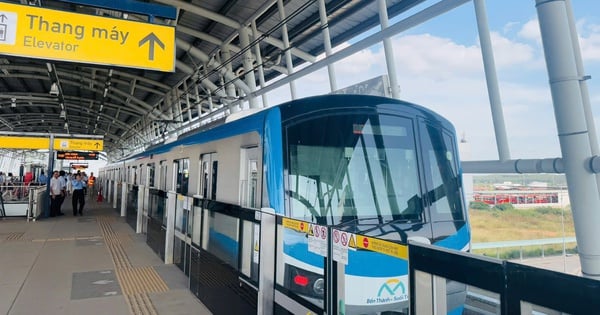

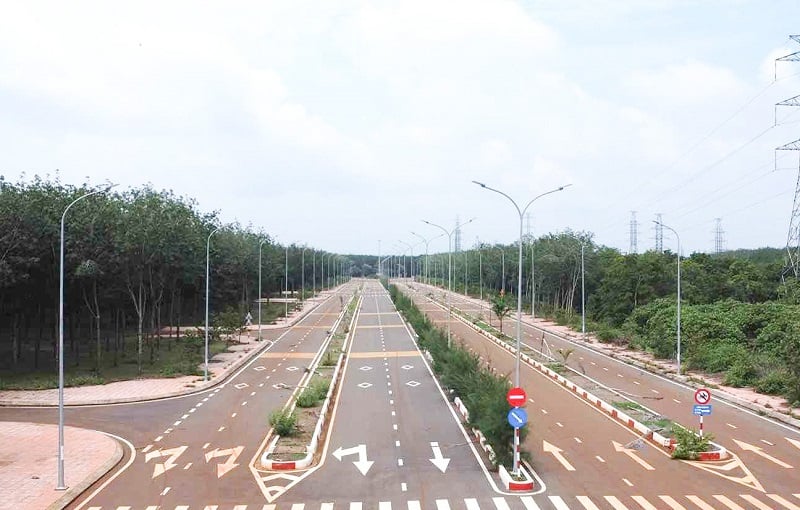


















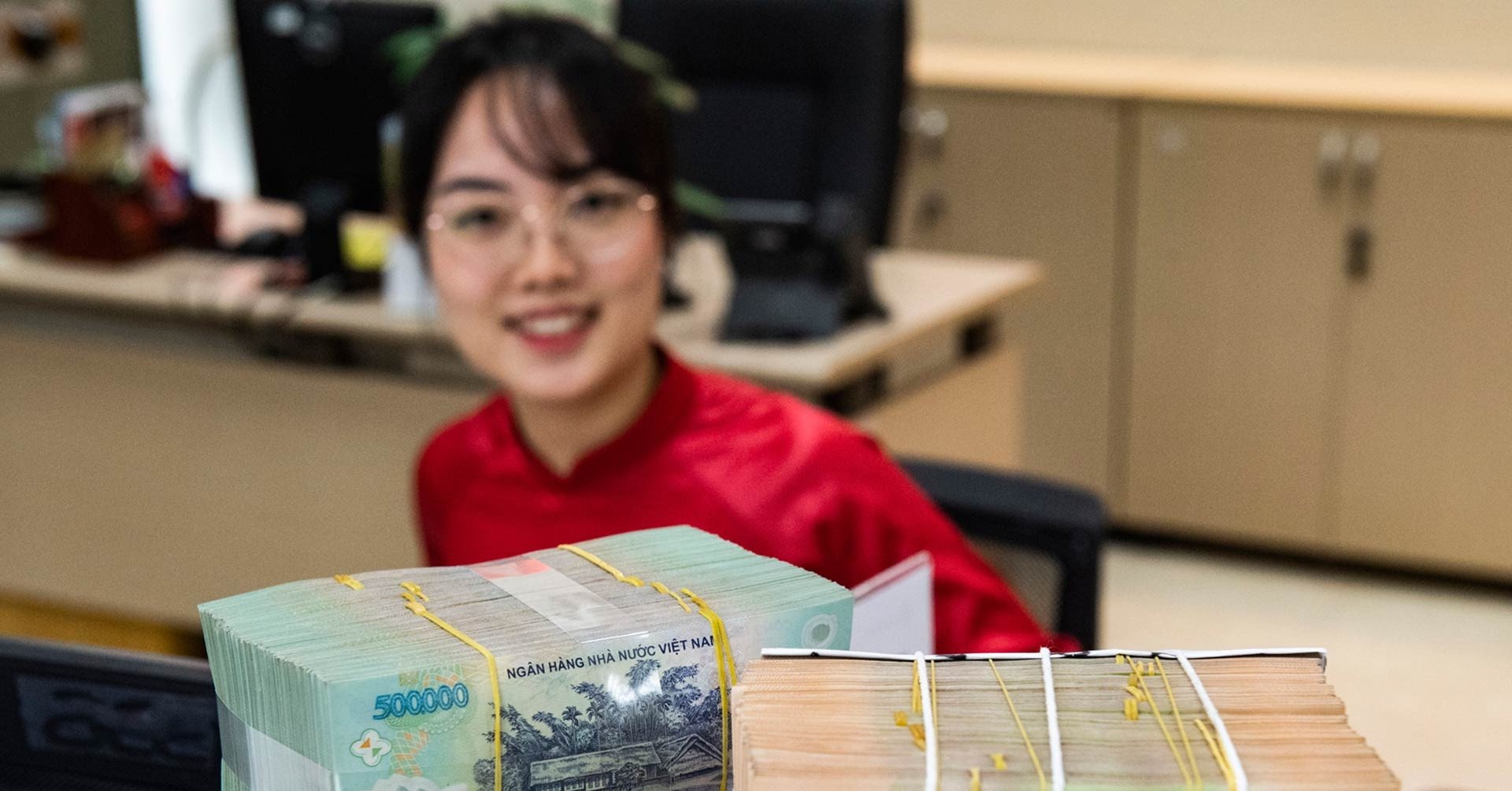





























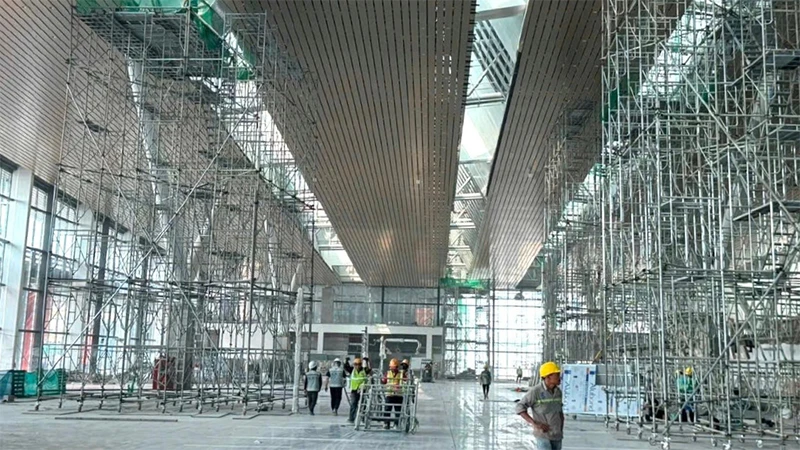













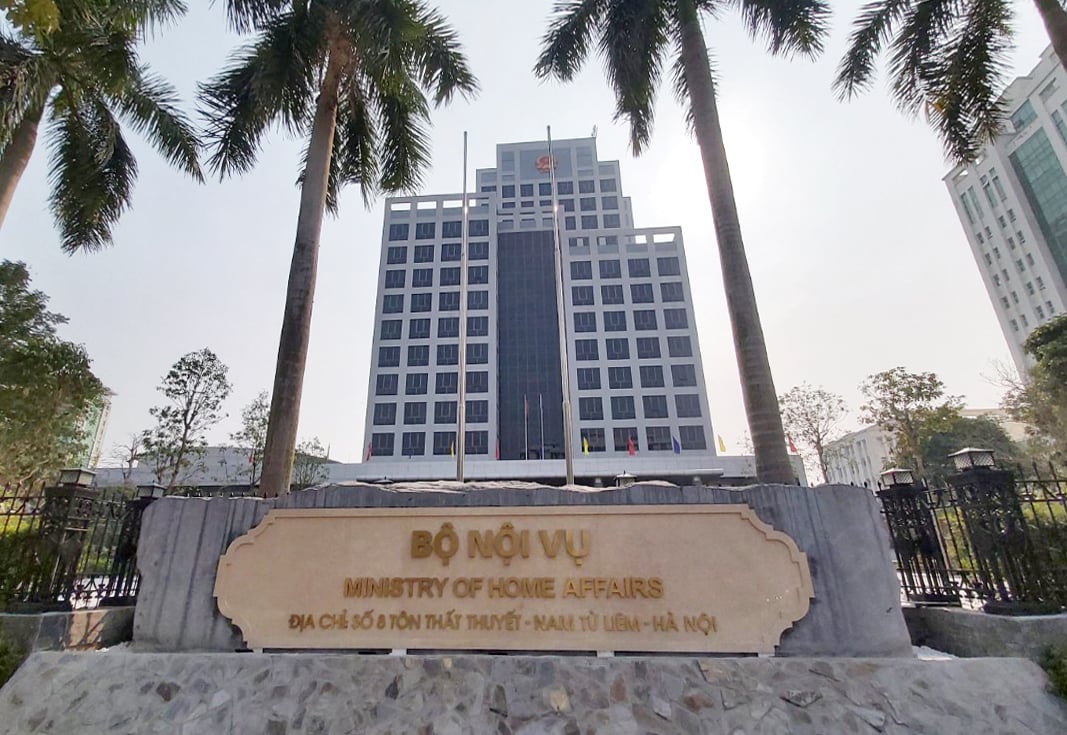
















Comment (0)